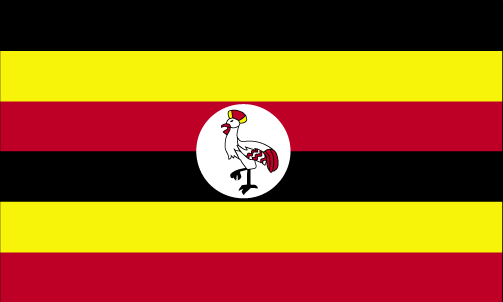
Uganda has substantial natural resources, including fertile soils, regular rainfall, small deposits of copper, gold, and other minerals, and recently discovered oil. Uganda has never conducted a national minerals survey. Agriculture is the most important sector of the economy, employing over 80% of the work force. Coffee accounts for the bulk of export revenues. Since 1986, the government - with the support of foreign countries and international agencies - has acted to rehabilitate and stabilize the economy by undertaking currency reform, raising producer prices on export crops, increasing prices of petroleum products, and improving civil service wages. The policy changes are especially aimed at dampening inflation and boosting production and export earnings. Since 1990 economic reforms ushered in an era of solid economic growth based on continued investment in infrastructure, improved incentives for production and exports, lower inflation, better domestic security, and the return of exiled Indian-Ugandan entrepreneurs. The global economic downturn hurt Uganda's exports; however, Uganda's GDP growth has largely recovered due to past reforms and sound management of the downturn. Oil revenues and taxes will become a larger source of government funding as oil comes on line in the next few years. Instability in South Sudan is a risk for the Ugandan economy because Uganda's main export partner is Sudan, and Uganda is a key destination for Sudanese refugees. Unreliable power, high energy costs, inadequate transportation infrastructure, and corruption inhibit economic development and investor confidence.
$54.37 billion (2013 est.)
country comparison to the world: 96
$51.47 billion (2012 est.)
$50.08 billion (2011 est.)
5.6% (2013 est.)
country comparison to the world: 45
2.8% (2012 est.)
6.2% (2011 est.)
$1,500 (2013 est.)
country comparison to the world: 204
$1,400 (2012 est.)
$1,500 (2011 est.)
agriculture: 23.1%
industry: 26.9%
services: 50% (2013 est.)
24.5% (2009 est.)
6.2% (2013 est.)
country comparison to the world: 178
14% (2012 est.)
17.4 million (2013 est.)
country comparison to the world: 35
agriculture: 82%
industry: 5%
services: 13% (1999 est.)
NA%
sugar, brewing, tobacco, cotton textiles; cement, steel production
3.8% (2013 est.)
country comparison to the world: 78